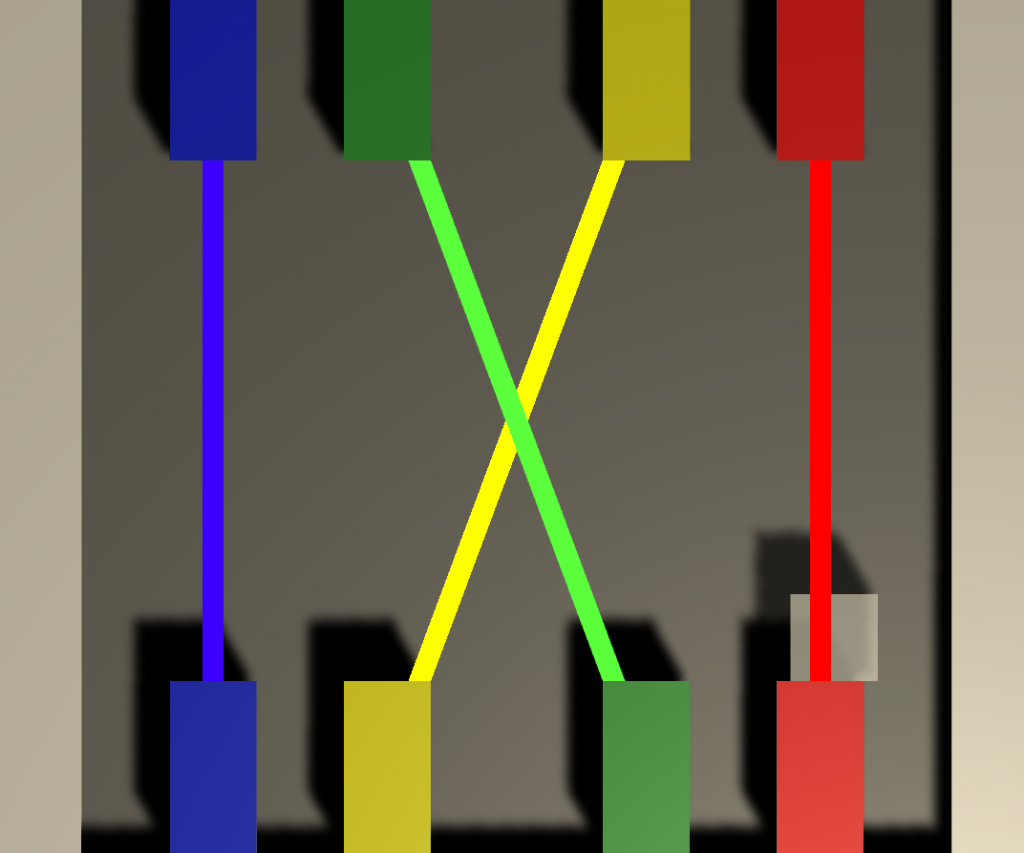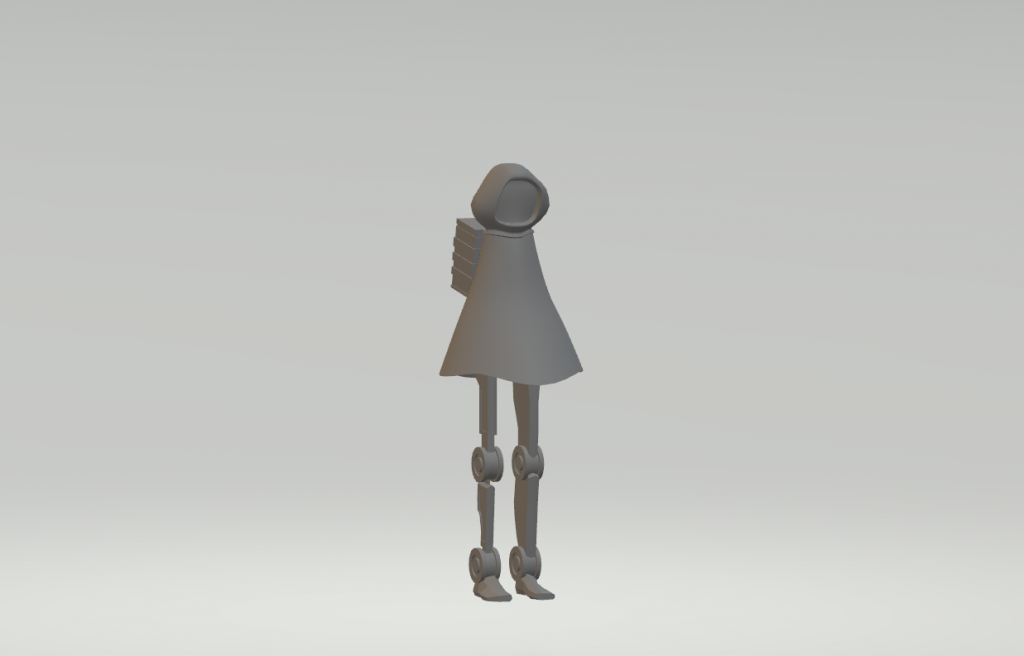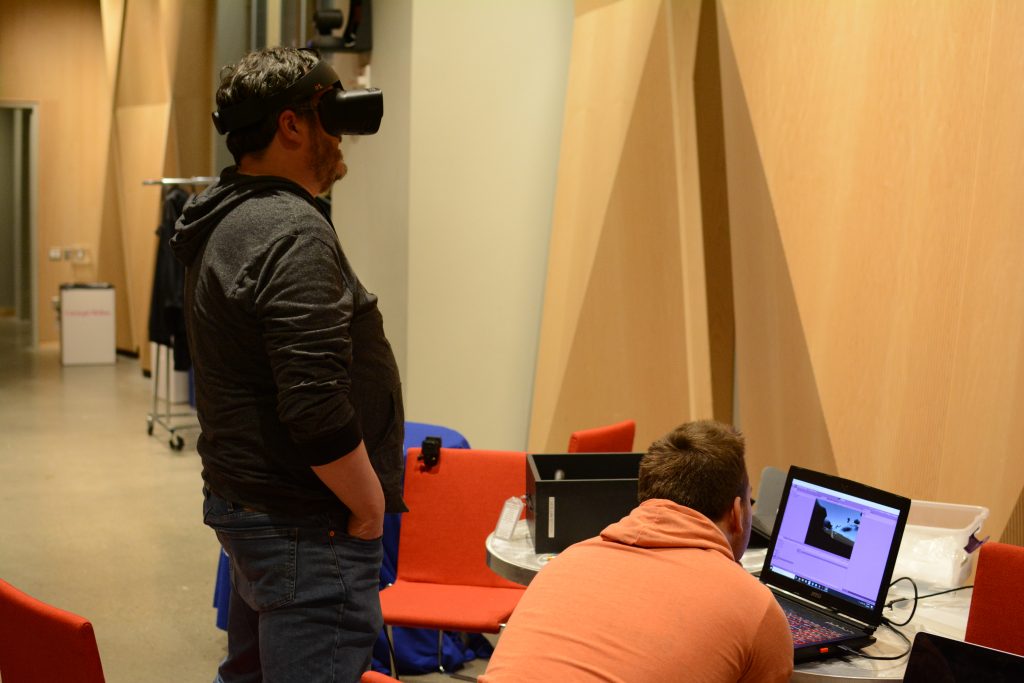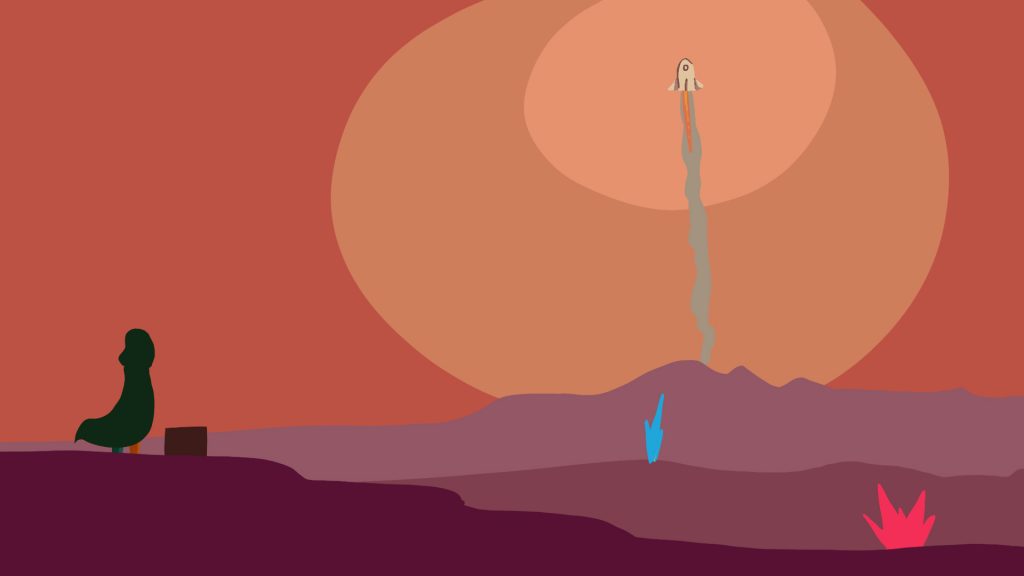Today’s post is going to be a bit different from the others and talk about a non-Buggy100 game. The regular dev post will be up later this week, on Friday the 7th.
This past weekend was the Superbowl Global Game Jam, and a part of the Advanced Game Studio team was fortunate enough to take part! In addition to being a valuable team-building exercise, this weekend kicked off a ton of creativity, and was a valuable learning experience for reasons I’ll soon explain.
The Global Game Jam
If you’ve never been to a game jam, it’s best described as a hackathon dedicated to the creation of games. They happen all over the world, at all times of the year, and can range from small, local jams run by enthusiasts to massive events that span the globe.
The Global Game Jam (GGJ) — described as “the world’s largest game jam event” — is one of the latter, with game developers of all experience levels getting together to spend a grueling (but fun!) 48 hours making an entire game. These games can vary in complexity, from the simplest of 2D games to full-blown VR experiences, but all are (or should be) centered around a very specific theme — and that theme is announced the day of the Jam.
After much anticipation, it was announced that the theme for this year’s Jam was “repair.” And so, we were off!
The Process

In some ways, creating a game at a game jam is very similar to creating a game under other circumstances — the timeline is just more condensed. In our case, we more-or-less followed the above timeline, starting with an intense bout of pre-production and brainstorming.
Although the pre-production stage is normally meant to take most of the first night, we quickly settled on a genre, setting, and mechanic that we wanted to run with. So, I introduce to you Iron Rations!
The Game
The so-called ‘Iron Ration‘ comprised an emergency ration of preserved meat, cheese, biscuit, tea, sugar and salt carried by all British soldiers in the field for use in the event of their being cut off from regular food supplies.
– https://www.firstworldwar.com/atoz/ironration.htm
Set in a retro-futuristic world, the game Iron Rations has you play as a scavenger robot caught in the middle of a savage war. In other words, you are a non-combatant, and your job is to survive for as long as possible in order to escape.
But, the only way you’ll survive is by dodging bullets, and the only way to escape is to get the bits of scrap and machinery scattered around the battlefield, repairing them as you go!
Iron Rations was meant to be a bullet-hell game with mini-game crafting mechanics that challenged the player with completing said mini-games while actively trying to survive on the battlefield.
Pre-Production and Prototype
Friday night into Saturday afternoon marks the transition between pre-production and prototype, meaning that all jammers should be working on getting their game’s core mechanics in and have an idea of what the final product will look like.
For us, that meant that we had to pick the aesthetic direction; code in movement, mini-games, and bullet patterns; and start thinking about what our level design will be.
Art




Design

Programming


“Alpha” and “Beta”
From Saturday afternoon to Sunday morning, teams are focused on getting into the alpha and beta stages — meaning, art and sound assets start to take the place of programmer art, mechanics start getting more complex, and the game starts to “feel” more like the end-product.
The Mini-games
Iron Rations featured two components to its gameplay: the bullet-hell, and the crafting mini-games. We were aiming to have three total mini-games, one for each repairable item in the game.
Wiring



Welding


In the welding mini-game, the player has to maneuver through a randomly-generated maze, from start to finish.
Lining-up Sights

Art


Untextured assets for various in-world obstacles, to help populate the environment and give the world its character


Saturday Playtesting – Buggy100
Of course, the Global Game Jam wasn’t all fun and games. Whenever the team wasn’t working on coding or asset creation, they were hard at work with the Buggy game — playtesting, designing, or even researching how the GGJ experience would translate to Buggy100.

More info on the results of this weekend’s playtesting will be in the regular dev blog.
Final and Showcase
For many, Sunday morning is when the “crunch” (the frantic last push to finish your game) really kicks in. It’s the last opportunity to get any and all assets in, finish the core features you’d been aiming for, and iron out any game-breaking bugs that might exist.

Our game, of course, was no different: things were broken, art was missing, and most of the sound effects hadn’t been made yet. But, thanks to the hard-working effort of everyone involved, by the time the 1PM submission deadline rolled around, the entire game was complete! A full level of bullet hell, with three mini-games, a win/loss state, and all art/sound were submitted just in time…
And not a moment too soon, because at the end of every game jam, the participants are expected to set their games up on tables for everyone else to play. This is the time for everyone to go around and see what the others were working on… and have their own games seen by the site’s judges!

For many teams, it’s also the first time that they’ll get to sit down and actually play the game for themselves. It can be a cathartic moment all around, sometimes, as the adrenaline rush finally subsides and you get to see the results of all your hard work.
The Award Ceremony
At the end of the game jam, after judges had the chance to play each of the 40 or so games at the showcase, they present awards to each of the teams they felt particularly succeeded in specific categories:
- Technical Excellence
- Artistic Excellence
- Diversity Award
- Non-Traditional
- Best Theming
- First Penguin
- Jammer’s Choice
- Judges’ Choice


And, as you might be able to guess from the above images, Iron Rations was selected as the recipient for the “Artistic Excellence” award!
Takeaways
Everyone worked incredibly hard to make this weekend a success, and it showed! Not only that, but each of them learned a lot that can be applied to future work on Buggy100.
Without a doubt, the game was hard and was missing a lot of tuning. Some sections of the level were too difficult, others too easy, and that meant that a lot of players were left feeling frustrated and unable to complete the game. In other words, we would have benefited from taking more time to playtest Iron Rations during its development, so that we could tune the difficult a bit more.
Fortunately, one thing that we did catch early on in the playtests that we were able to do was that many players had difficulty understanding what they needed to do, or how to do it. The game was missing feedback and instruction. To solve the issue, we added an overlay that showed the actions available to the player at any given time, and which button mapped to a specific action. In short, playtesting gives valuable data and insights into our development!
A part of the reason the team elected to move forward with a 3D-style game was to practice working in that space — after all, all of Buggy100 is going to be 3D! So, by taking these past 48 hours to do nothing else, the artists were able to practice their character rigging, texturing, and architectural modeling to the fullest. Some time was even spent researching shaders, to get a good feel for what they were capable of.

Speaking of shaders, the programmers took this opportunity to expand on the “Toon Shader” created by our very own Adrian Biagioli, configuring it to work with “deferred lighting.”
A more detailed breakdown on what shaders are and what they can do will be the topic for a future post, but it is what allowed us to make each bullet in the above GIF its own lighting source — instead of being limited to only four.
The Team

From left to right: Eric Yu, Austin Garcia, Lisa Lo, Adrian Biagioli, Trento von Lindenberg, Thomas Wrabetz
Pictured above, six students from AGS took place in the Jam as their own team. Forming a full compliment of three artists, two programmers, and a producer/sound designer, the team was ready to take the weekend on at full force!
Special Thanks
Although not officially on the team for this jam, the music for Iron Rations was composed by Michael Bridges. A special thanks to him for his contributions on this project!
Gallery
Pictures say a thousand words, so here are some additional photos of what the final product ended up looking like!





Mini-game screenshots and full gameplay video coming soon!!
Download Links
If you’d like to download a copy of Iron Rations to play for yourself, you can click here to download. Note: An Xbox gamepad is required to play.
Alternatively, if you’d like to download the Unity project for Iron Rations, you can download that here. The Unity version used was 2019.2.18f1.
Finally, the link to Iron Rations‘ GGJ page is here.
As always, thank you for reading, and see you next time!
